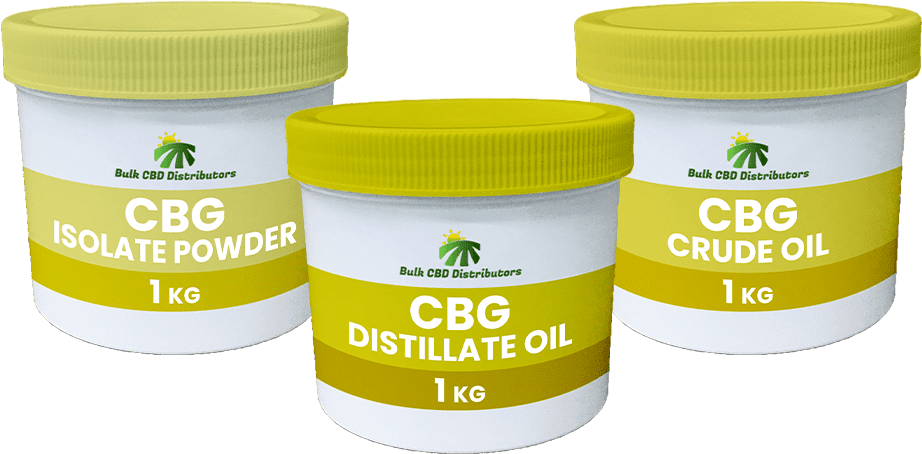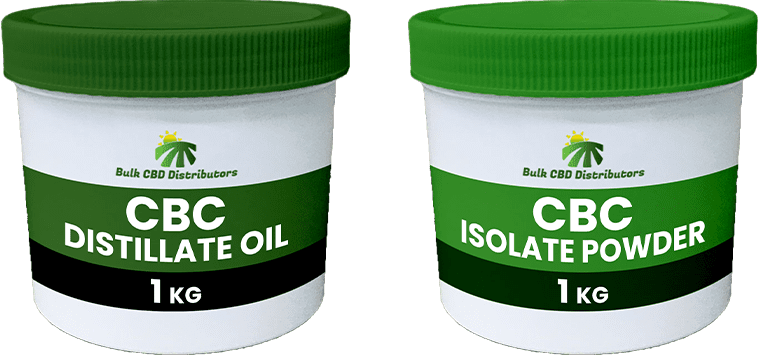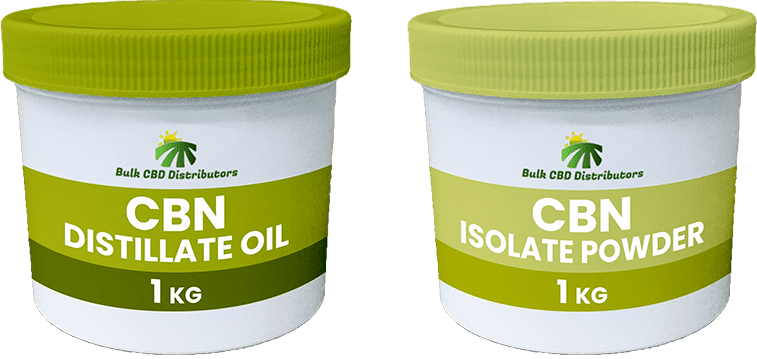Welcome to Bulk CBD Distributors’ blog, where we dive into the fascinating world of cannabinoids! In this article, we will explore lesser-known cannabinoids – CBG, CBC, and CBN – and shed light on their potential benefits. As a bulk CBD distributor or retailer, understanding these cannabinoids can help you provide your customers with cutting-edge products and stay ahead in the competitive CBD industry.
I. What is CBG?

CBG (Cannabigerol) is one of the lesser-known cannabinoids found in the hemp plant. Unlike CBD and THC, which are more abundant, CBG is present in lower concentrations. CBG is considered the “mother cannabinoid” because other cannabinoids like CBD and THC start as CBG before converting through enzymatic processes. This unique characteristic makes CBG an essential component in the overall cannabinoid profile of hemp plants.
II. What is CBC?

CBC (Cannabichromene) is another intriguing cannabinoid found in the hemp plant. Like CBG, CBC is not as prevalent as CBD and THC, but its potential benefits are garnering attention. CBC does not directly bind with the CB1 and CB2 receptors of the endocannabinoid system (ECS) like THC and CBD do. Instead, it interacts indirectly with the ECS to produce various effects in the body.
III. What is CBN?

CBN (Cannabinol) is a cannabinoid that forms when THC degrades over time. As THC-rich hemp or hemp products age, the THC gradually converts into CBN. While CBN is typically present in small amounts in fresh hemp plants, it becomes more abundant as the plant material ages or undergoes improper storage. CBN is often associated with sedative effects and is believed to play a role in promoting relaxation and better sleep.
IV. What are their Relationships to CBD and THC?
CBG, CBC, CBD, and THC all originate from the same precursor cannabinoid, cannabigerolic acid (CBGA). The enzymatic conversion of CBGA leads to the formation of these different cannabinoids:
- CBG: CBGA converts to CBG before transforming into other cannabinoids like CBD and THC through specific enzymatic pathways.
- CBC: CBGA also converts to CBC through its own enzymatic route, leading to the formation of this unique cannabinoid.
- CBN: As mentioned earlier, CBN is a byproduct of THC degradation over time. As THC breaks down, it forms CBN through oxidation.
V. The Role of CBG, CBC, and CBN in the Endocannabinoid System
The endocannabinoid system is a complex network of receptors found throughout the body. CBG, CBC, and CBN interact with two primary receptors in the ECS – CB1 and CB2. CBG, despite being a minor cannabinoid, shows promise in modulating both CB1 and CB2 receptors. CBC, on the other hand, doesn’t bind directly with these receptors but interacts indirectly to produce various effects. CBN is known for its mild affinity to CB2 receptors, influencing the ECS’s overall balance.
VI. Potential Health Benefits of CBG, CBC, and CBN
CBG’s Potential Benefits:
- Anti-inflammatory properties: Studies suggest that CBG may help reduce inflammation and provide relief from associated discomfort.
- Neuroprotective effects: CBG shows potential in protecting neurons and supporting brain health.
- Antioxidant properties: As an antioxidant, CBG may help combat oxidative stress and promote overall well-being.
CBC’s Potential Benefits:
- Pain relief and analgesic properties: CBC may play a role in alleviating pain and supporting natural pain management.
- Potential anti-depressant and anti-anxiety effects: Early research indicates CBC may have mood-enhancing properties.
CBN’s Potential Benefits:
- Sleep aid and insomnia relief: CBN’s sedative effects may aid in improving sleep quality.
- Interaction with other cannabinoids for enhanced effects: CBN may enhance the overall effects of other cannabinoids when combined.
VII. Research and Studies on CBG, CBC, and CBN
Researchers are increasingly interested in the therapeutic potential of CBG, CBC, and CBN. Recent studies have explored CBG’s anti-inflammatory properties, CBC’s potential as an analgesic, and CBN’s role in sleep regulation. However, further research is needed to fully unlock the potential of these lesser-known cannabinoids and better understand their applications.
VIII. Extraction and Availability of CBG, CBC, and CBN
Extracting CBG, CBC, and CBN is more challenging than isolating CBD or THC due to their lower concentrations in hemp plants. Various extraction methods, such as chromatography and distillation, are utilized to obtain these cannabinoids in pure form. As research advances, more companies are offering CBG, CBC, and CBN products, making them increasingly available in the market.
IX. Safety and Legal Considerations
CBG, CBC, and CBN are generally considered safe with minimal side effects, but it’s essential to inform customers about potential interactions with medications. Regarding legality, these cannabinoids are typically derived from hemp, which makes them legal in most regions that permit hemp-derived CBD products.
Conclusion
As a bulk CBD distributor or retailer, embracing lesser-known cannabinoids like CBG, CBC, and CBN can set you apart in the CBD industry. These cannabinoids hold tremendous potential in supporting various aspects of health and well-being. By staying informed about the latest research and offering innovative products, you can cater to the growing demand for diverse and effective CBD solutions. If you’re interested in incorporating CBG, CBC, and CBN into your product line or have any questions, don’t hesitate to contact Bulk CBD Distributors. Embrace the power of CBG, CBC, and CBN, and elevate your CBD product line to new heights!
